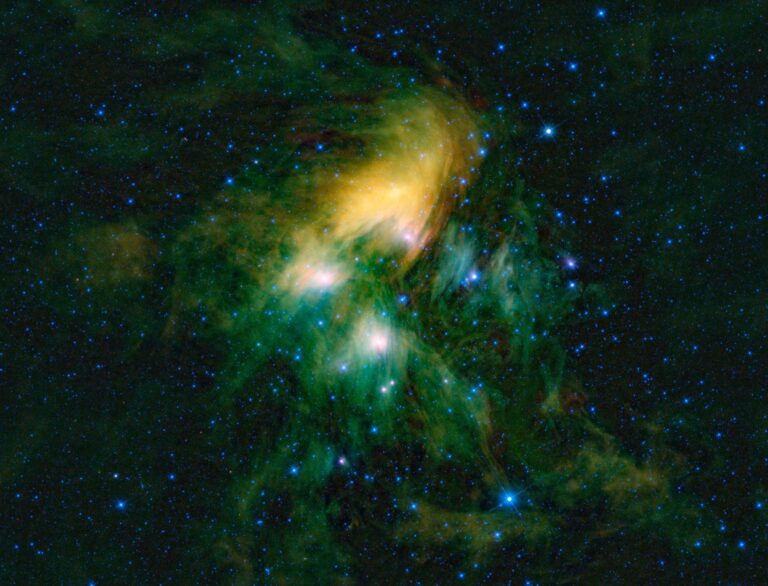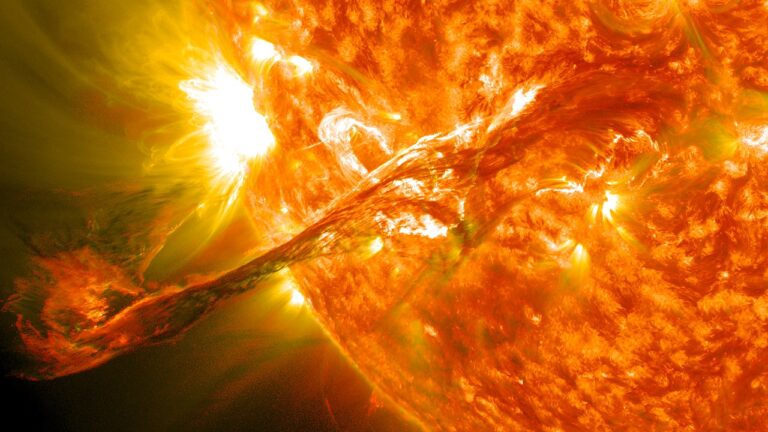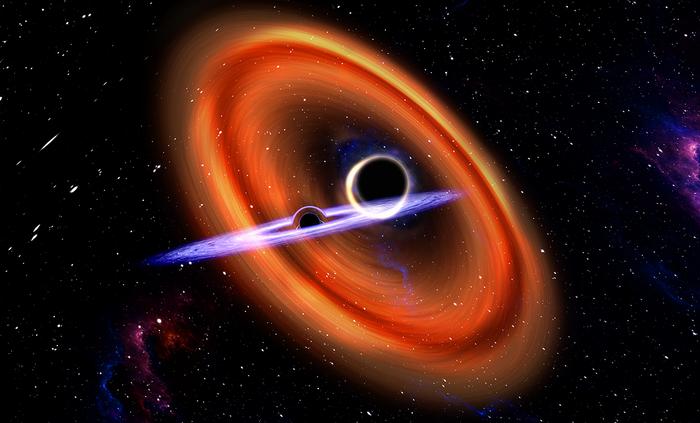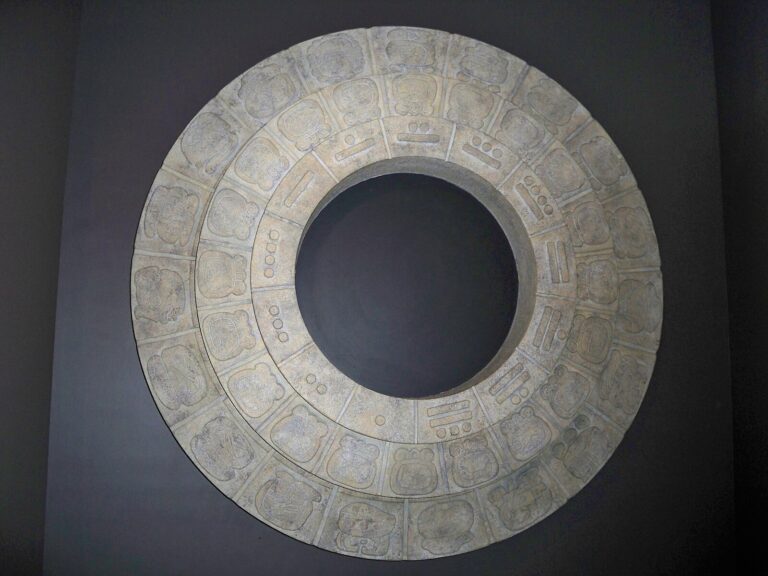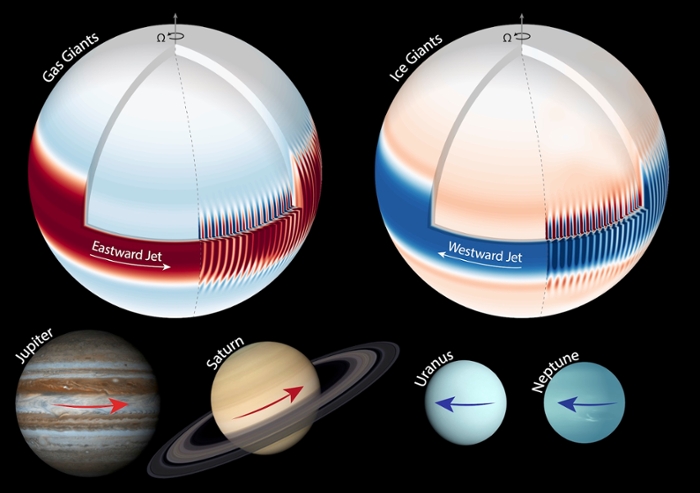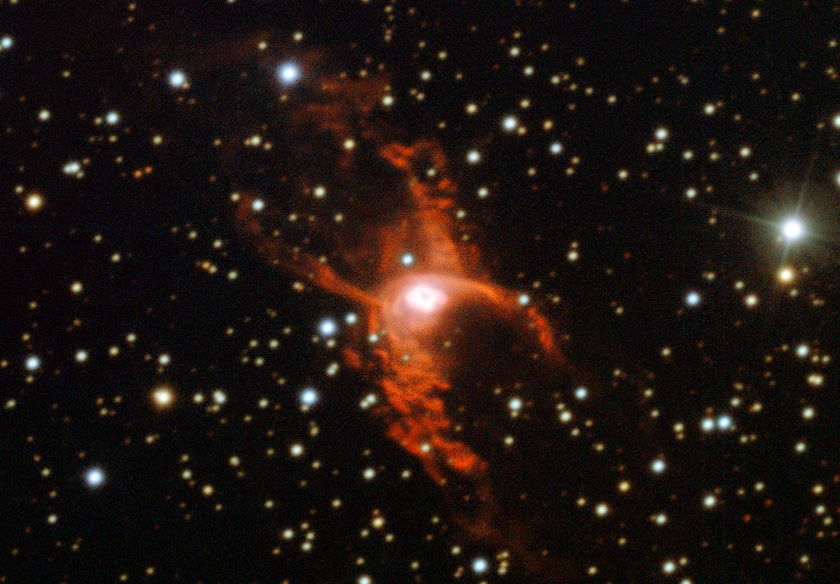
Key Takeaways:
- NGC 6537, the Red Spider Nebula, is a 13th magnitude, ~1' bipolar planetary nebula in Sagittarius, visually appearing as a disk with irregular edges, distinct from its photographic red color and "spider" shape which require advanced instrumentation.
- Its distinctive bipolar morphology is largely attributed to a suspected, unobservable companion orbiting the central white dwarf, which energizes the nebula and possesses a surface temperature 50 times that of the Sun.
- Alternative hypotheses suggest unusual magnetic fields contribute to the nebula's bipolar structure, with the central star's solar wind creating significant waves within the nebular gas.
- The distance to NGC 6537 is subject to considerable uncertainty, with current estimates ranging from 1,900 to 4,000 light-years.
The Red Spider Nebula (NGC 6537) is a planetary nebula in Sagittarius located 2.5° north of the bright open cluster M21. At 13th magnitude and roughly 1′ across, it can easily fall below the radar of observers among the more interesting objects in that area of the sky. However, don’t let the name fool you. The red color is photographic in nature, not visual. And the spider shape is beyond all but the largest telescopes. For most, it may look like a disk with irregular edges. NGC 6537 can be seen in modest telescopes under excellent sky conditions, but its small size makes it a challenge. There is a similar object that’s much easier to see: the Bug Nebula (NGC 6302) in Scorpius. It has a similar shape, which is visible in modest instruments. Both are classified as bipolar planetary nebulae.
NGC 6537’s odd shape is thought to be related in large part to a companion of the hot white dwarf that generated and now energizes this nebula. That white dwarf has a surface temperature as high as 50 times hotter than the Sun’s. The density of gas surrounding the center makes the suspected binary impossible to see. Some astronomers think that unusual magnetic fields created the bipolar structure. The pressure from the star’s solar wind created waves not unlike those made by wind blowing across a lake — although these waves are a tad larger!
The distance to NGC 6537 is subject to much uncertainty. The current best guess is between 1,900 and 4,000 light-years.


